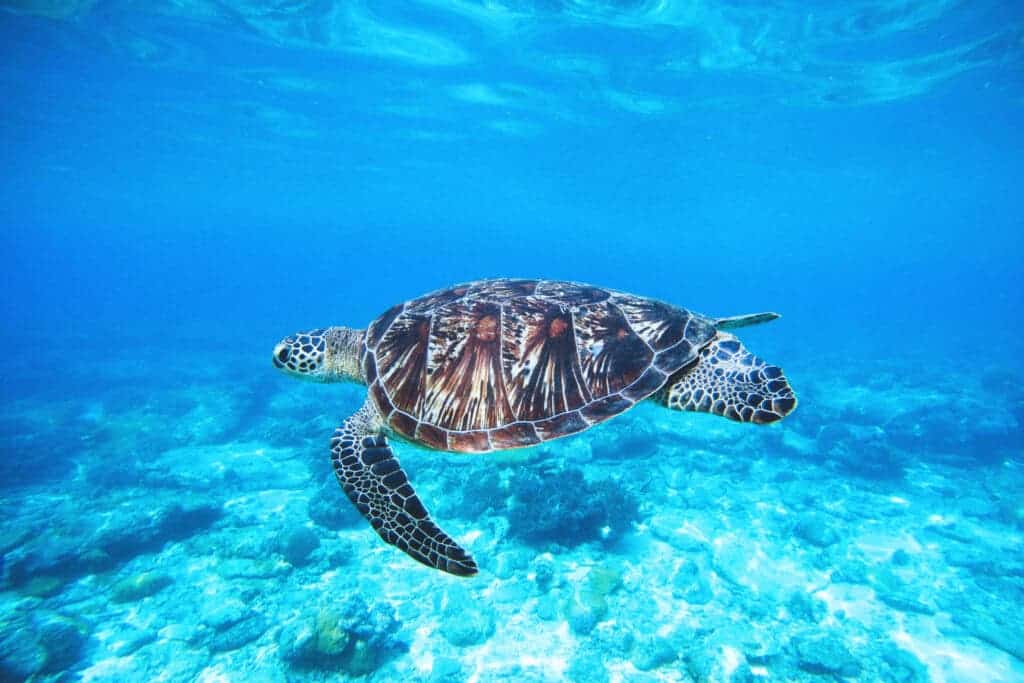The climate crisis is creating a sex imbalance for most of Florida’s sea turtles. More intense and frequent heat waves are baking the sand on the state’s beaches, which means that almost every new hatchling is female, according to turtle researchers.

In most species, sex is defined during fertilization. However, most turtles, alligators, and crocodiles can have their sex set in a different way. The temperature at which eggs are developed is what defines whether the offspring will be female or male. This is usually referred to as temperature-dependent sex determination — or TSD.
Turtles bury their eggs in the sand along the shore, where the egg’s nest for two months. If eggs incubate below 27.7° Celsius (81.86° Fahrenheit) the hatchlings will be male. However, if eggs incubate above 31° Celsius (88.8° Fahrenheit), the hatchlings will be female. Anything in between will produce a mix of male and female turtles. With climate change becoming more and more prevalent, TSD is quickly turning into a problem for these reptiles.
Researchers have also observed that the ratio of female turtles increases as the sand gets warmer. And that’s exactly what seems to be happening in Florida. The last four summers in the state have been the hottest summers on record. This July was the hottest month ever recorded in Tampa, and Jacksonville had 100F for the first time — as a result, there are almost no males in Florida.
The challenges for turtles
Bette Zirkelbach, manager of the Turtle Hospital in Marathon, a city in the Florida Keys, told Reuters that scientists studying sea turtle hatchlings and eggs have found no male sea turtles over the past four years. She also mentioned a 2018 study in Australia, in which blood samples from turtles showed that more and more hatchlings were female.
Not having a decent ratio of male and female turtles means that breeding seasons will give fewer hatchlings to grow up to replenish endangered turtle populations, cascading into further problems. There are between 40,000 and 84,000 nests that are laid every year on Florida’s beaches. However, only one in 1,000 hatchlings survives to adulthood.
This is because sea turtles are usually easy prey for bigger animals, such as birds, which eat the small hatchlings before they can actually escape into the ocean. But that’s not the only threat. Housing developments are a big problem, as the artificial light confuses hatchlings into moving away from the water into the land, where they can be eaten or die from dehydration.
Overall, all species of Florida sea turtles are listed as endangered or threatened. In addition to the ongoing problems of habitat fragmentation, pollution, and human intervention, they have the warming issue to deal with as well now. Things can quickly spiral out of control — if they haven’t already.
“Over the years, you’re going to see a sharp decline in their population because we just don’t have the genetic diversity,” Melissa Rosales Rodriguez, a sea turtle keeper at the recently opened turtle hospital at the Miami Zoo, told Reuters. “We don’t have the male-to-female ratio needed in order to be able to have successful breeding sessions.”


